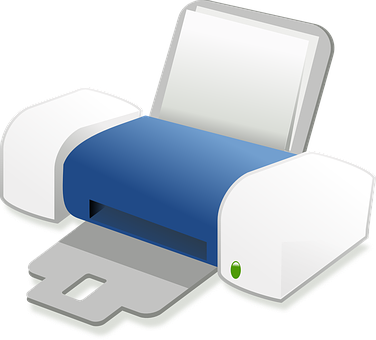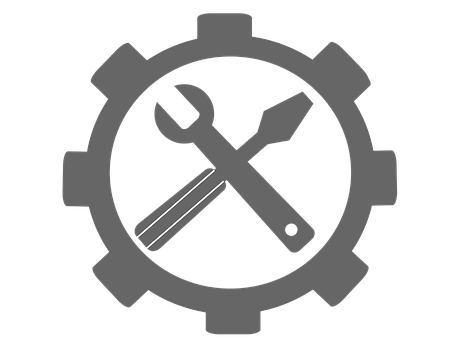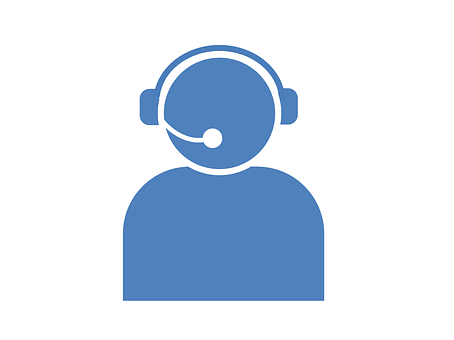Printer Setup
In today’s digital age, the humble printer remains a vital tool for turning virtual documents into tangible, shareable realities. Whether you’re setting up wireless printer for your home office, a wireless printer for your entire household, or configuring a multifunction device at your workplace, the process of getting your printer up and running can sometimes feel like navigating a maze. But fear not! In this comprehensive guide, we’ll demystify the printer setup process, making it as simple as a few clicks and a little patience. Whether you’re a tech enthusiast looking to explore the nuances of network printing or a casual user seeking hassle-free solutions, we’ve got you covered.
How to Setup Wireless Printer:
Setting up wireless printer can vary slightly depending on the make and model of your printer and the type of computer or device you are using. Please note that you should also consult your printer’s manual for specific instructions, and ensure you have the necessary drivers and cables before starting.
- Unboxing: To set up wireless printer, carefully unpack your printer and remove all the protective materials and tapes. Be sure to check inside for any included accessories, such as ink cartridges or cables.
- Power and Connectivity: For setting up wireless printer, place the printer on a stable surface near a power outlet and your computer or network router. Make sure the printer is within the range of your Wi-Fi network if you plan to use wireless printing. Plug the power cable into the printer and connect the other end to a power outlet. Turn on the printer using the power button (usually located on the front or side).
- Install Ink or Toner: If your printer uses ink cartridges or toner, open the printer cover and follow the manufacturer’s instructions to install them. To set up wireless printer, make sure you remove any protective tabs or seals.
- Load Paper: If you’re setting up wireless printer, adjust the paper guides to accommodate the size and kind of paper you want to use by opening the paper input tray. Load the paper neatly into the tray, making sure it’s aligned.
- Install Printer Drivers: If you are connecting the printer to a computer, you’ll need to install the appropriate printer drivers. You can usually find these on a CD included with the printer or download them from the manufacturer’s website. Follow the on-screen instructions for printer driver download.
 Connect the Printer (Wired or Wireless): If your printer supports Wi-Fi, navigate to the printer’s control panel and select your Wi-Fi network. Enter the network password if prompted. Alternatively, you can connect the printer to your computer using a USB cable. Some printers support both wired and wireless connections, so choose option that suits your needs for setting up wireless printer.
Connect the Printer (Wired or Wireless): If your printer supports Wi-Fi, navigate to the printer’s control panel and select your Wi-Fi network. Enter the network password if prompted. Alternatively, you can connect the printer to your computer using a USB cable. Some printers support both wired and wireless connections, so choose option that suits your needs for setting up wireless printer.- Test Print: After downloading the printer driver, it is suggested that you print a test page to check that everything is working properly. You can do this from the printer’s control panel or your computer.
- Configure Printer Settings: To set up wireless printer, access your printer’s settings via the control panel or the software on your computer. Here, you can configure paper size, quality, and other preferences to suit your needs.
- Install Mobile Printing Apps: Consider installing the manufacturer’s mobile printing app if you wish to print from a mobile device. This enables you to print wirelessly from your mobile device to the printer.
With these steps, you should be able to set up wireless printer and start using it for your printing needs. Remember to keep your printer drivers up to date and perform regular maintenance, such as cleaning printheads or replacing cartridges, to ensure optimal performance.
Common Printer Setup Issues:
Setting up printer can sometimes be accompanied by various issues and challenges. These issues can cause frustration and delay in getting your printer up and running. Here are some common printer setup issues:
- Driver Problems: Installing the correct printer drivers for your operating system can be tricky. Incompatibility issues or outdated printer drivers can lead to a range of problems.
- Connection Issues: Whether you’re connecting your printer via USB or Wi-Fi, establishing a stable connection can be problematic. Network issues, incorrect settings, or interference can all cause problem with printer setup.
- Paper Jams: Paper jams are a common annoyance. Misaligned paper, dirty rollers, or damaged paper can all contribute to this issue.
- Print Quality Problems: Achieving the desired print quality can be challenging. Issues like faded prints, streaks, or smudges may arise due to various factors, including low ink or toner levels, clogged printheads, or incorrect settings.
- Compatibility Issues: Some printers may not work seamlessly with certain devices or software applications. Compatibility problems can result in the inability to print from specific programs or platforms.
- Configuration Challenges: Configuring printer settings to meet your specific needs can be daunting. Figuring out how to adjust settings for paper size, print quality, and other parameters can be confusing.

- Error Messages: Error messages displayed on the printer’s control panel or on your computer screen can be cryptic and unhelpful, making it difficult to diagnose the problem.
- Network Troubles: If you’re setting up printer, you might encounter network-related issues such as IP address conflicts, firewall restrictions, or problems with network protocols.
- Software Conflicts: Occasionally, conflicts with other software or applications on your computer can interfere with your printer’s operation.
- Firmware Updates: Updating the printer’s firmware can sometimes lead to unexpected issues if not done correctly or if the update itself contains bugs.
- Physical Damage: During transport or unboxing, printers or their components can suffer physical damage, affecting their functionality.
- Outdated Hardware: Older printers may have difficulty working with modern operating systems. This can cause problem with printer setup.
- Ink and Toner Problems: Running out of ink or toner can disrupt printing tasks. Additionally, using low-quality or third-party ink cartridges can lead to problems.
- Maintenance and Cleaning: Neglecting routine maintenance tasks, such as cleaning printheads or replacing worn-out parts, can cause issues over time.
- Environmental Factors: Environmental factors like humidity, temperature, and dust levels can impact printer performance and may require adjustments or special care.
Setting up printer can be frustrating, most printer setup problems have solutions. Consulting the printer’s manual or seeking help from knowledgeable individuals can often help you troubleshoot and resolve these issues effectively.
How to Fix Printer Setup Issues:
Fixing printer setup issues can be frustrating, but with some troubleshooting steps, you can often resolve common problems. Below are the steps to help you fix printer setup issues:
- Check Hardware Connections: To set up wireless printer, ensure that all cables & connections are securely in place. This includes power cables, USB cables (if using a wired connection), and network cables (if using Ethernet). Make sure the printer is turned on and properly plugged into a power source.
- Verify Network Connection (For Network Printers): If you’re setting up printer, ensure that it’s connected to your Wi-Fi network or wired network correctly. Double-check the Wi-Fi password or network settings if necessary.

- Printer Driver Download: Outdated or missing printer drivers can cause setup issues. If you’re setting up printer, visit the printer manufacturer’s website to download latest drivers for your printer model. Uninstall any existing printer drivers before installing new ones to avoid conflicts.
- Confirm Printer Compatibility: To set up wireless printer, make sure that your printer is compatible with your operating system (e.g., Windows, macOS, Linux) and the version you’re using. Some older printers may not have updated drivers for newer operating systems.
- Run the Printer Troubleshooter (Windows): On Windows, you can use the built-in Printer Troubleshooter to diagnose and fix common printer problems. Go to “Settings” > “Devices” > “Printers & scanners” and click “Run the troubleshooter.”
- Check for Software Conflicts: Sometimes, other software or applications can interfere with the printer setup. Temporarily disable or uninstall any third-party security software or firewall that might be causing conflicts.
- Clear Print Queue: If you’re experiencing print jobs getting stuck, clear the print queue: Open the print queue (on Windows, go to “Settings” > “Devices” > “Printers & scanners” > select your printer > “Open queue”). Cancel or remove any pending print jobs.
- Restart Devices: Restart your computer, printer, and router (if using a network printer). This can help refresh network connections and clear any temporary glitches.
- Reset Printer Settings (Factory Reset): You can perform a factory reset on the printer as a final option. Refer to your printer’s manual for instructions on how to reset it to its default settings.
Remember that printer setup issues can vary depending on the specific printer model and the operating system you’re using. Always refer to your printer’s user manual and the manufacturer’s support resources for model-specific troubleshooting instructions.
Conclusion:
As we bring this printer setup guide to a close, we hope you’ve found it to be a valuable resource on your journey to becoming a printer setup expert. Setting up printer can sometimes be a bit challenging, but armed with the knowledge and steps outlined in this guide, you can conquer any setup task that comes your way. Remember, the key to successful printer setup is patience and attention to detail. Whether you’re connecting a printer for personal use, in a small office, or as part of a larger network, the fundamentals of hardware connections, driver installations, and network configurations remain consistent. And if you ever encounter any roadblocks, our troubleshooting tips are here to help you navigate the way. To know more about our support service, you can visit our website’s Homepage.
